Table of Contents
Introduction
Alocasia plants are beautiful additions to any home, known for their large, arrow-shaped leaves and tropical appearance. However, like any houseplant, they can become vulnerable to pests. Knowing how to identify and treat these pests is crucial for keeping your Alocasia healthy. In this blog, Xanh Xanh Urban Forest will explore the most common Alocasia pests, how to spot them, and the best ways to treat them effectively.
Common pets in your Alocasia Plants
1. Spider mites
What are spider mites?
Spider mites are one of the most common pests that plague Alocasia plants. These tiny, yellow or brown pests are nearly invisible to the naked eye, but their impact is anything but subtle. Left unchecked, spider mites can weaken your plant in just a few days, leaving it with yellowing leaves and an unhealthy appearance.
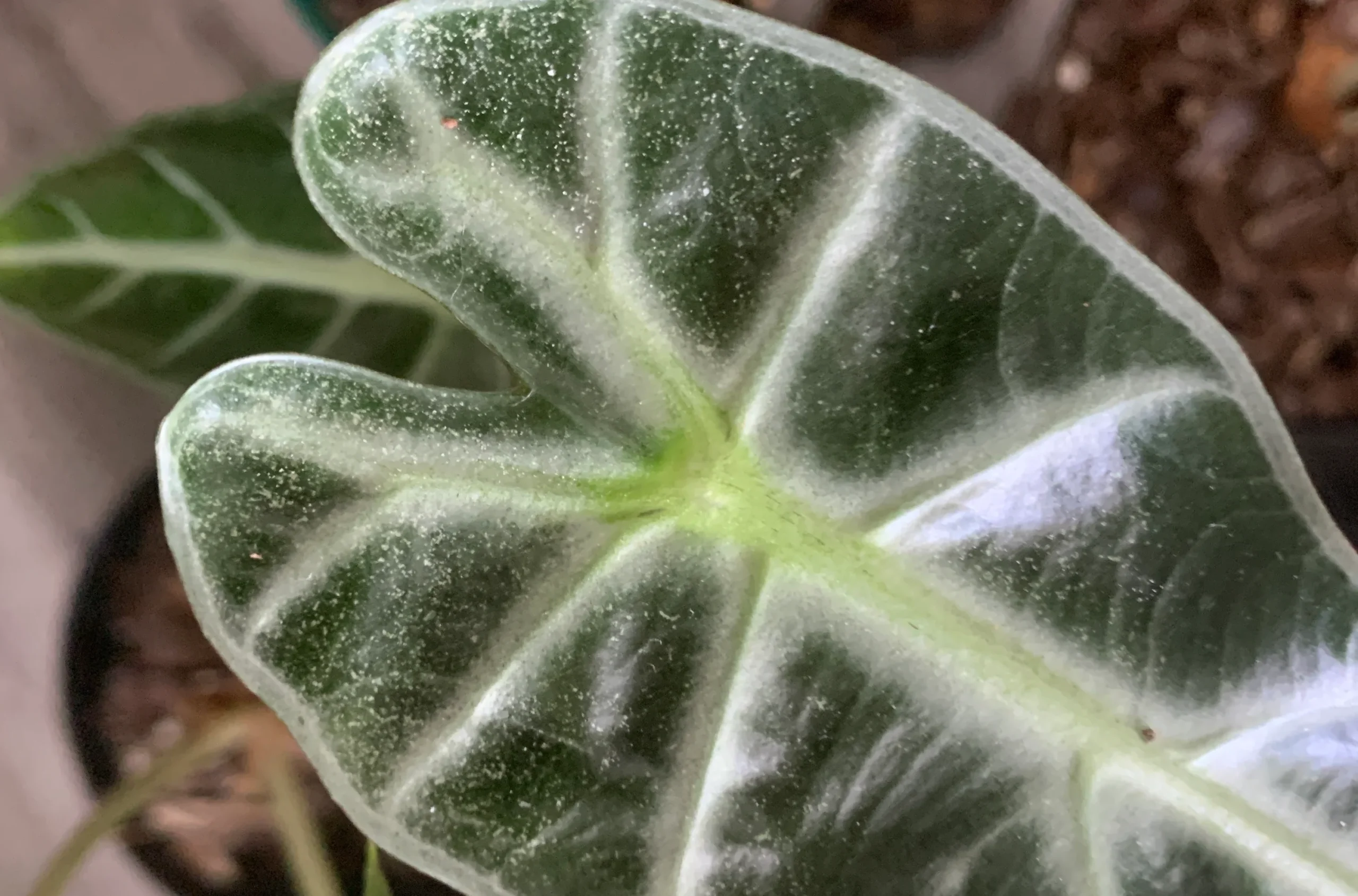
Signs of spider mites:
One of the telltale signs of spider mites is the presence of powdery white webs that form across the leaves of the plant. Upon closer inspection, you might notice the mites themselves, but the webs are often the first and most obvious indicator. Affected plants may look dusty or covered in a fine, powdery mess.
How to treat spider mites:
Luckily, spider mites are relatively easy to control. Here are a few methods you can try:
– Water spray: One of the simplest treatments is to spray your Alocasia with a garden hose or under a strong stream of water. Spider mites dislike moisture and will often be washed away with this method.
– Insecticidal oils or soaps: Insecticidal oils or soaps are effective in preventing and killing existing spider mites. Neem oil is a popular choice, but you can also use commercial insecticidal soap for a more targeted solution.
Regularly check the undersides of your plant’s leaves, as this is where spider mites tend to gather.
2. Mealybugs
What are mealybugs?
Mealybugs are another common pest that attacks Alocasia plants. These soft-bodied, wingless insects appear as white, cottony clumps on your plant’s leaves and stems. They feed by sucking the sap from the plant, which can lead to yellowing and stunted growth. Worse yet, their secretions often promote the growth of mold, making your plant look unsightly.
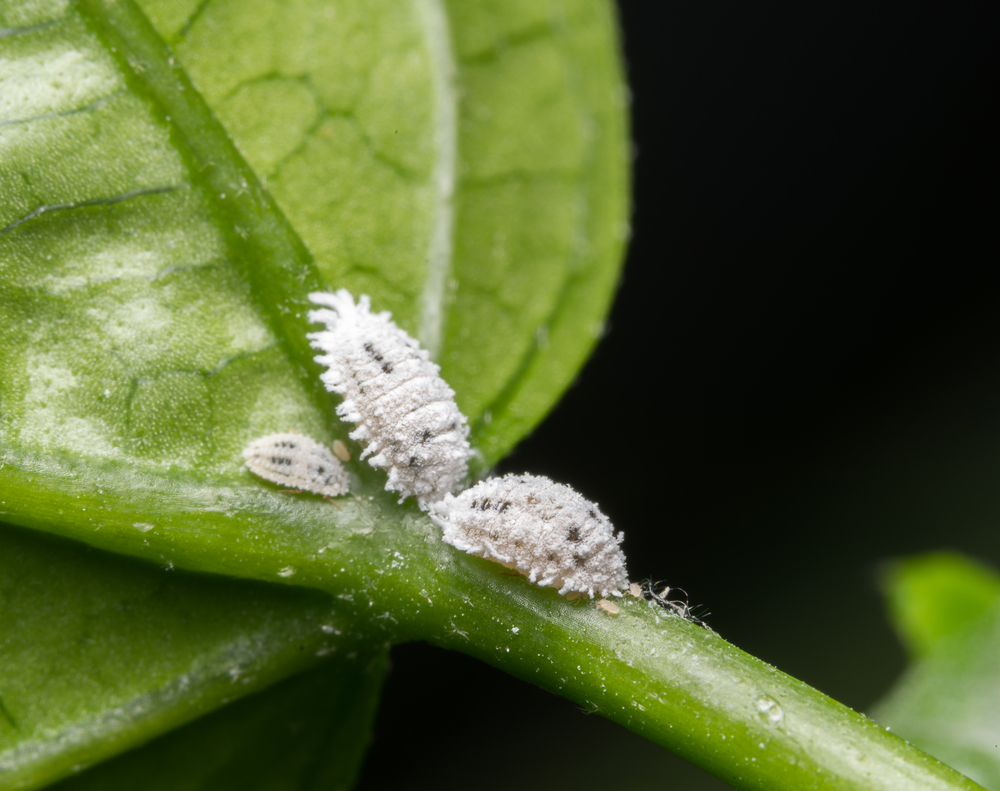
Signs of mealybugs:
If your Alocasia has yellowing leaves, especially near the infestation sites, this could be a sign of mealybugs. The white cottony clusters they form are easy to spot, and you might also notice a waxy film left on the plant’s leaves.
How to treat mealybugs:
Treating mealybugs is relatively simple and can be done with a few household items:
– Water Spray: Much like spider mites, mealybugs can often be dislodged with a strong spray of water. Use a garden hose or shower to wash off as many mealybugs as possible.
– Isopropyl alcohol: Wiping the leaves with a solution of isopropyl alcohol and water can also help. Mix the alcohol with water (making sure the concentration doesn’t exceed 70%), and use a cotton ball or cloth to wipe the leaves and stems.
– Neem oil or insecticidal soap: If water or alcohol isn’t enough, neem oil or insecticidal soap can be applied to kill existing mealybugs and prevent future infestations.
3. Scale
What is scale?
Scale insects come in many forms, but most often they appear as small, brown, rounded lumps on the leaves and stems of your Alocasia. These pests can either be soft or hard-scaled, and they feed off the plant by attaching themselves to the leaves and stems. Left untreated, scale insects can cause yellowing, wilting, and overall poor plant health.
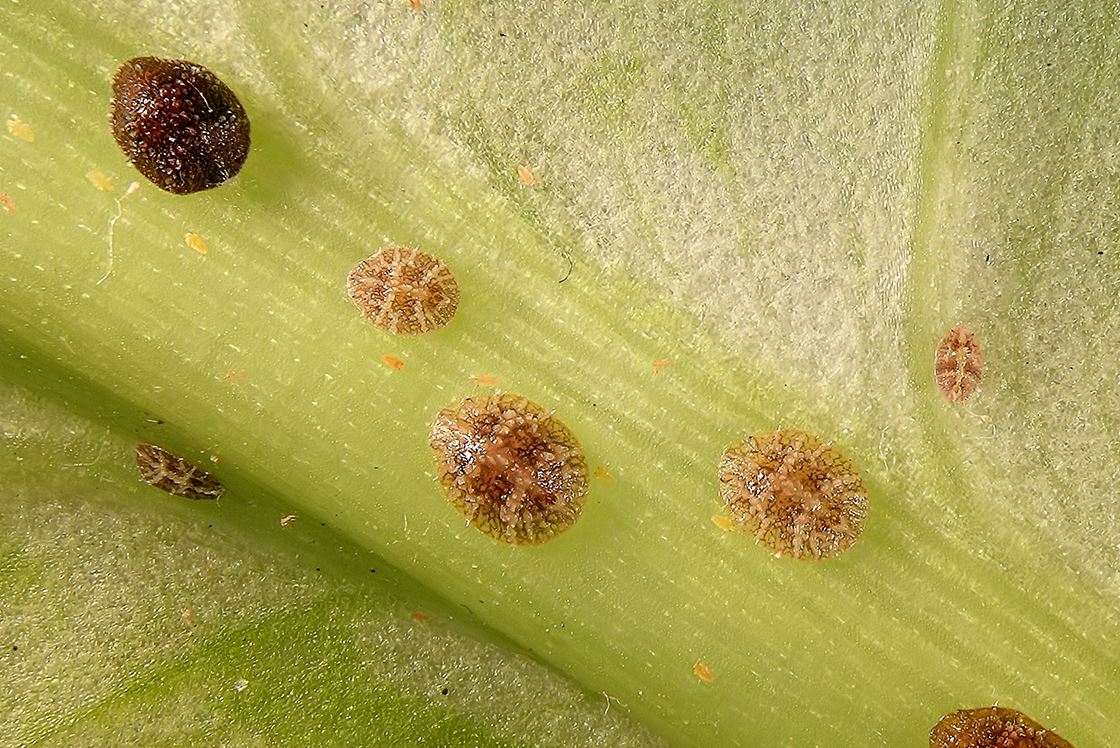
Signs of scale:
Scale can be tricky to spot at first, as they often blend into the plant’s natural coloring. However, once you notice small brown or grayish lumps on the leaves or stems, it’s time to take action. Their secretions can also lead to sooty mold, a black, powdery substance that forms on the plant.
How to treat scale:
There are a few effective ways to remove scale from your Alocasia:
– Manual removal: Use a toothbrush dipped in rubbing alcohol to scrub the scale off the plant. This works particularly well for hard-scaled varieties.
– Rinse the plant: After manual removal, rinse your plant in the sink or shower to ensure that all the bugs are washed away.
– Pruning damaged leaves: Trim away any leaves that are too damaged to recover. This helps the plant focus its energy on new growth.
– Neem oil or pesticides: For persistent infestations, you may need to resort to neem oil or an organic pesticide. Apply it weekly until the infestation is under control.
Where to buy the Alocasia plants?
If you want to buy the Alocasias, there are many options available for you to choose from. They can be found at online stores, garden centers, and neighborhood plant shops. It is strongly recommended that you purchase your Alocasias from Xanh Xanh Urban Forest.
Xanh Xanh offers a wide selection of high-quality Alocasia plants at affordable prices. All my plants are grown in the greenhouse that belongs to me and are thoroughly examined prior to being sent out for shipping. We provide a 100% satisfaction guarantee to ensure your happiness with your purchase.
What is the reason for waiting? Purchase your Alocasias right now at Xanh Xanh Urban Forest! You won’t be disappointed.
Final thought
Xanh Xanh Urban Forest hopes that you found this blog article to be useful and educational. Please use the following to contact us with any questions:

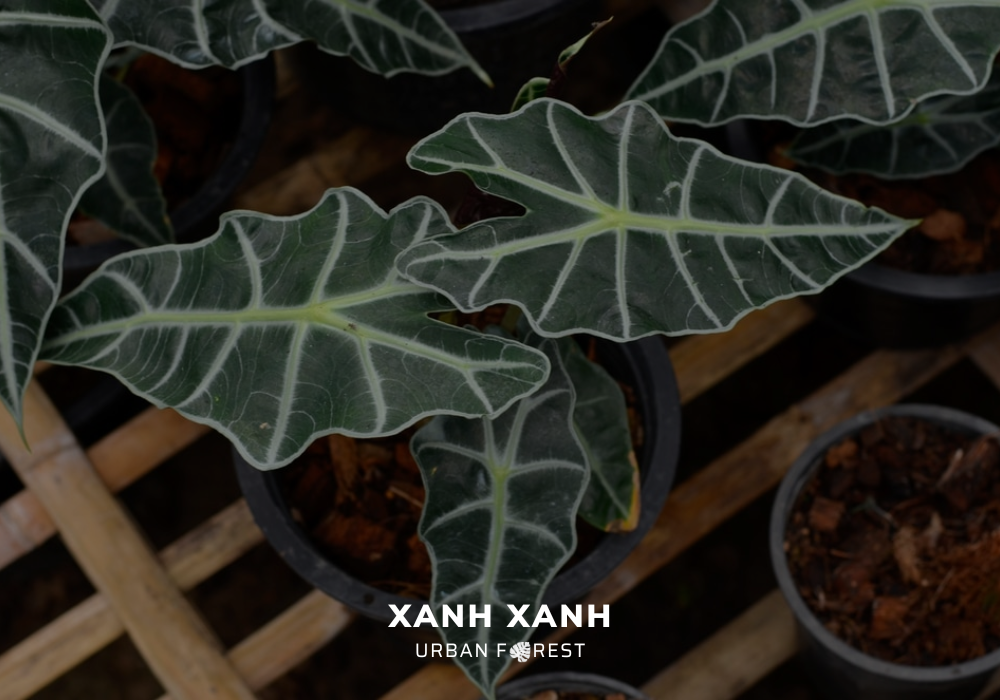
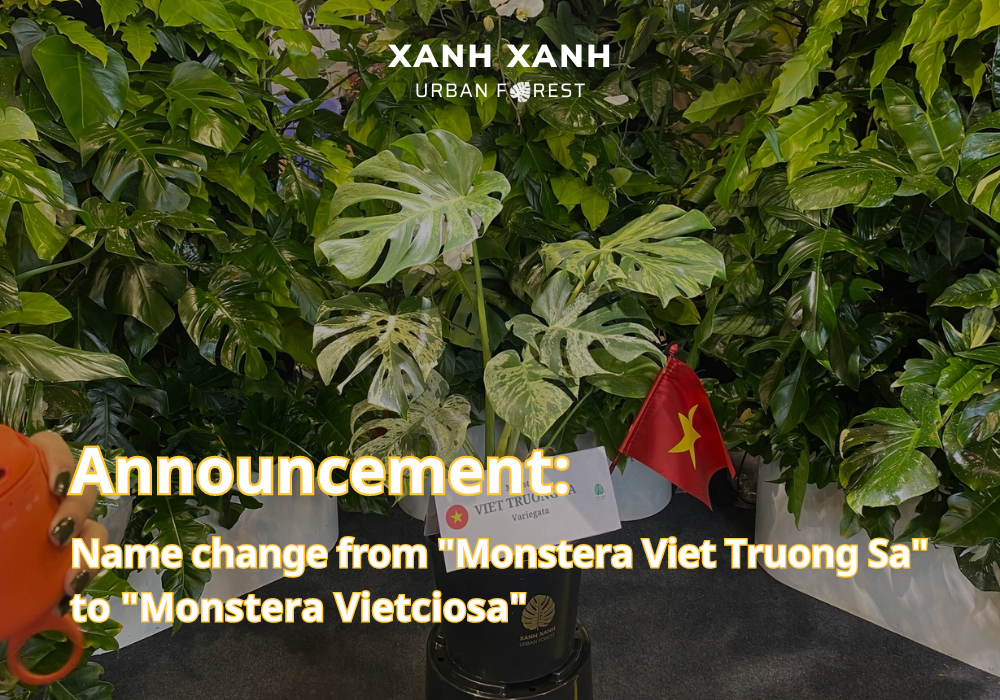
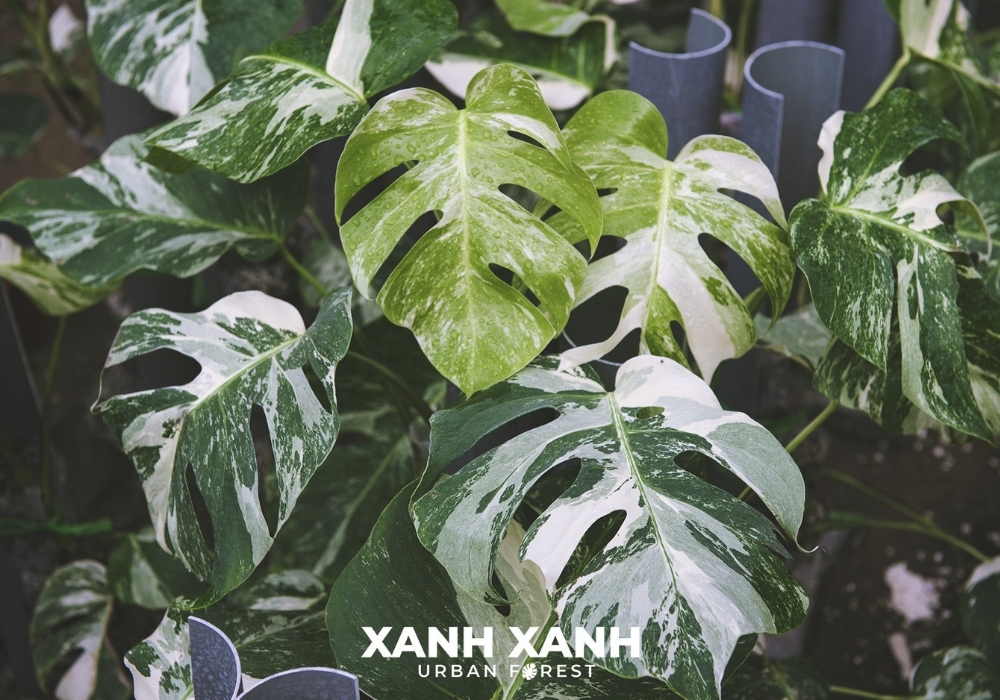

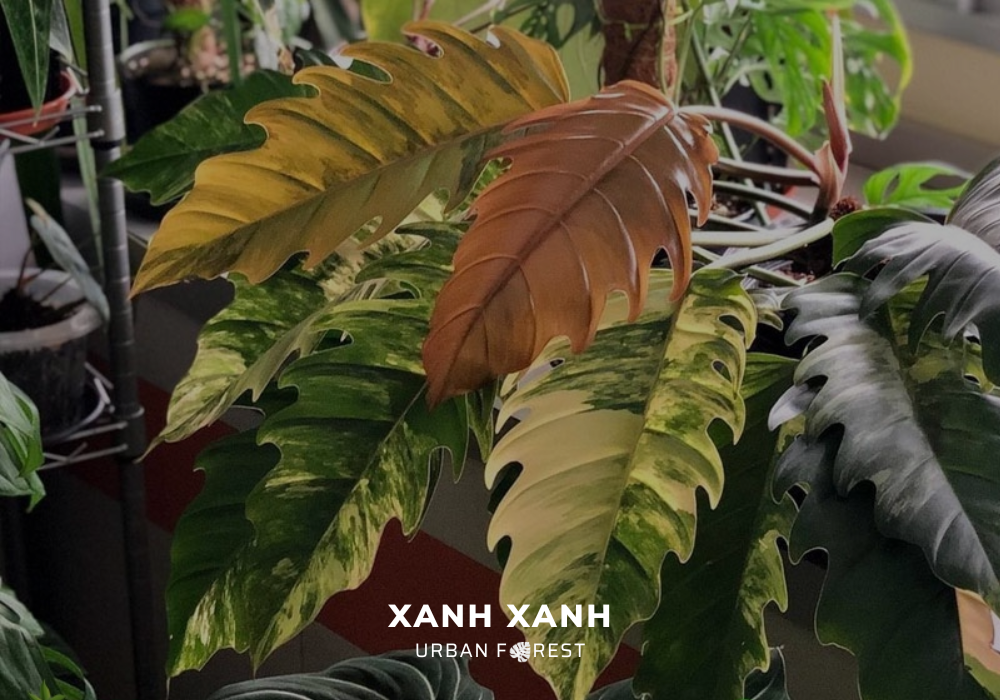
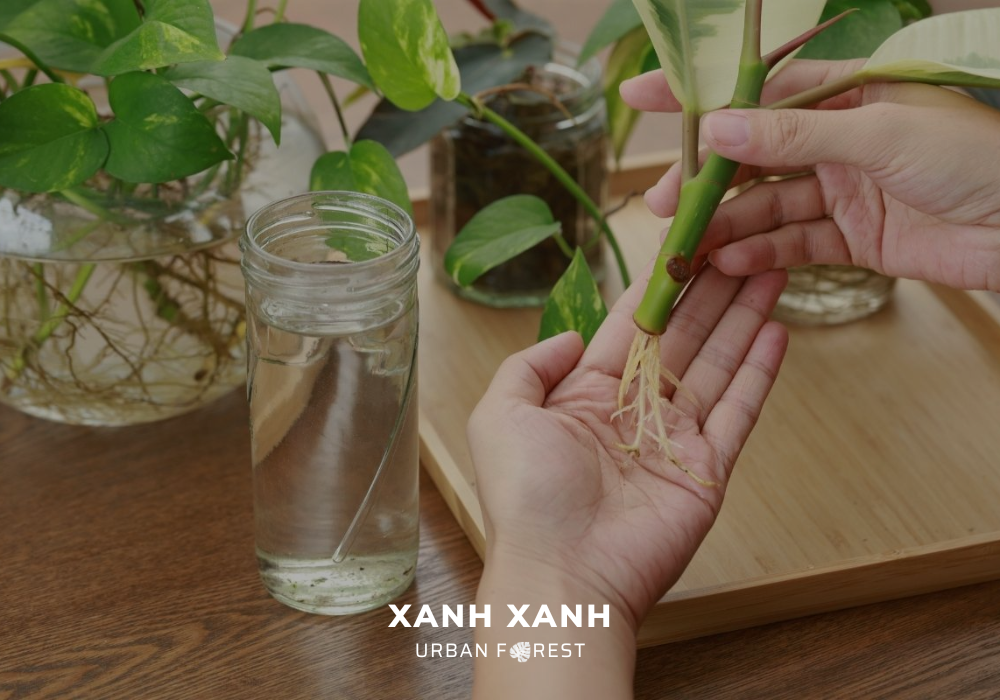
This is really interesting, You’re a very skilled blogger. I’ve joined your feed and look forward to seeking more of your magnificent post. Also, I’ve shared your site in my social networks!
Touch to Unlock Pretty! This has been a really wonderful post. Many thanks for providing these details.
Wow amazing blog layout How long have you been blogging for you made blogging look easy The overall look of your web site is magnificent as well as the content
Ezippi I do not even understand how I ended up here, but I assumed this publish used to be great